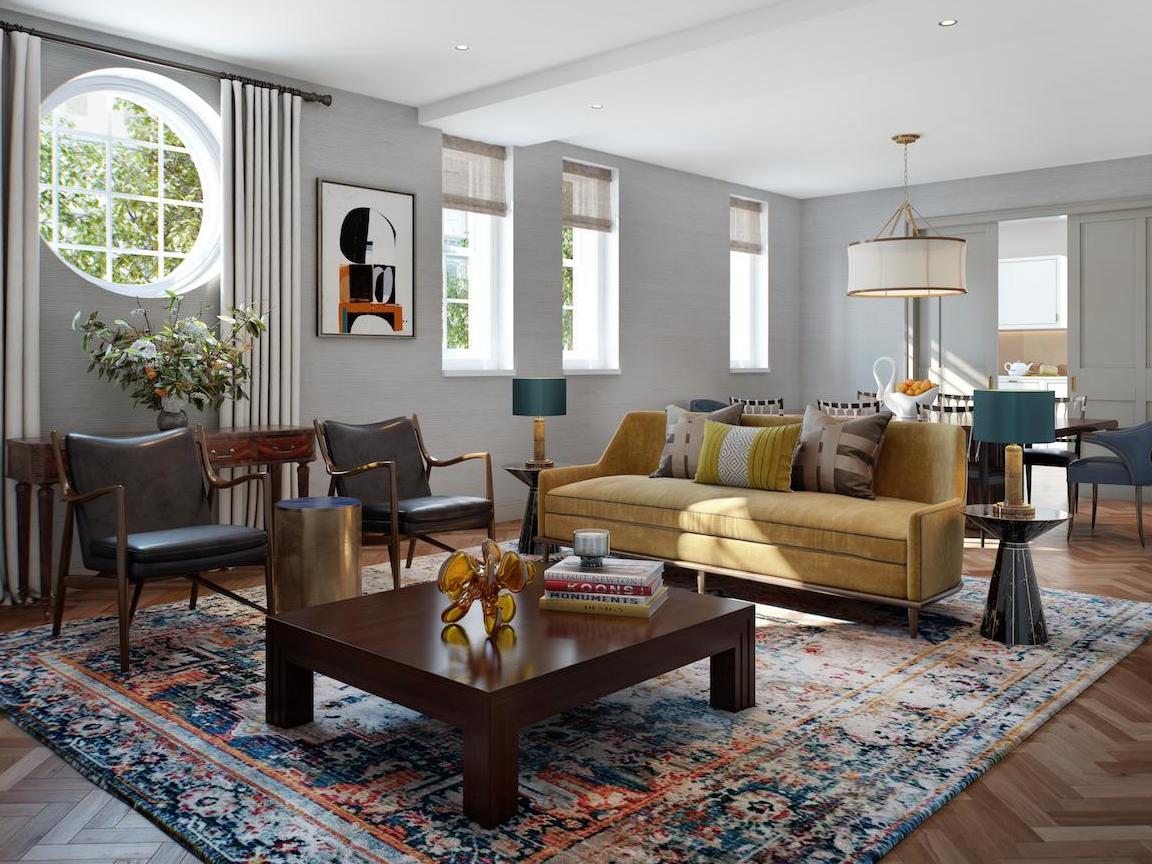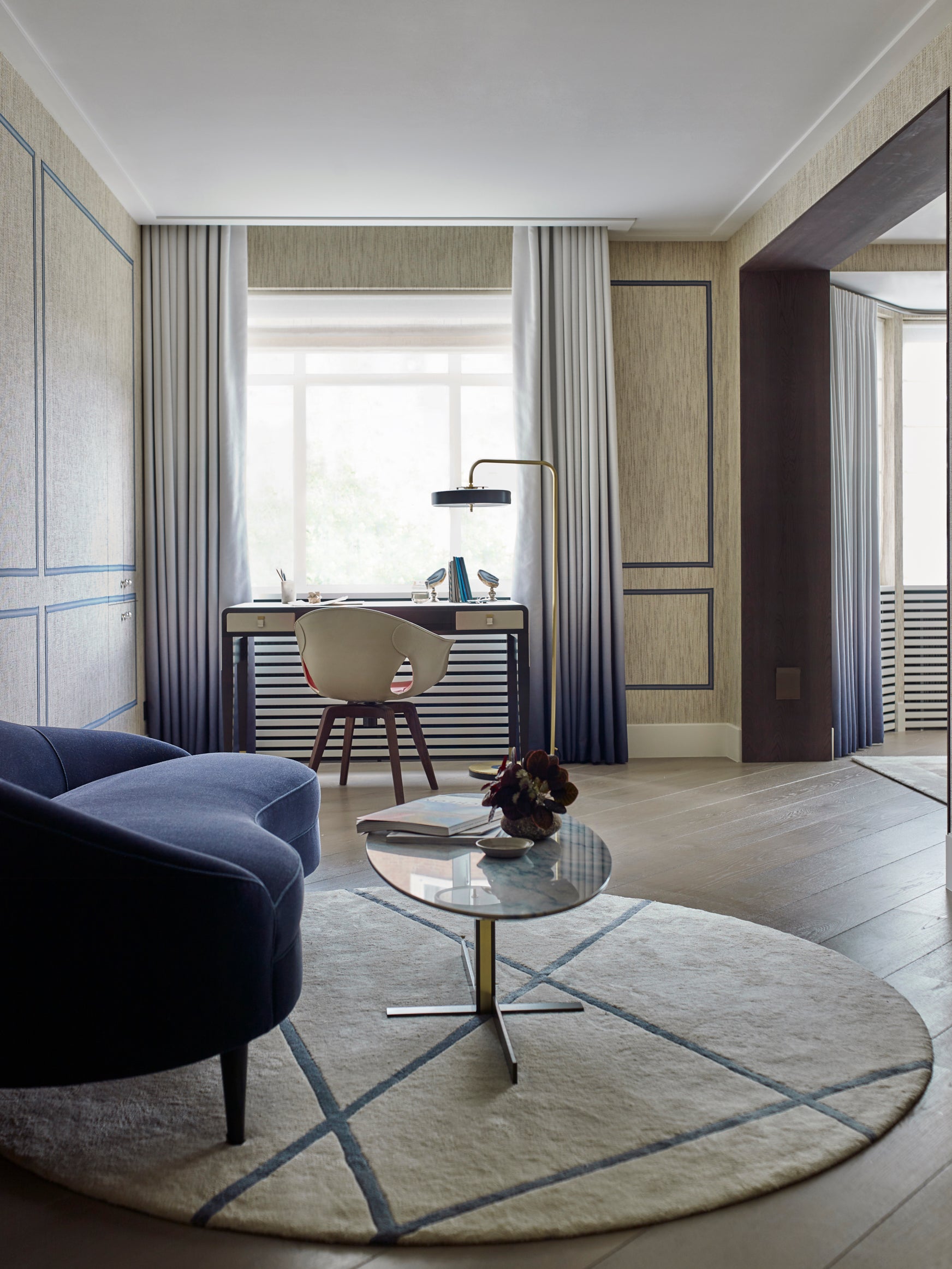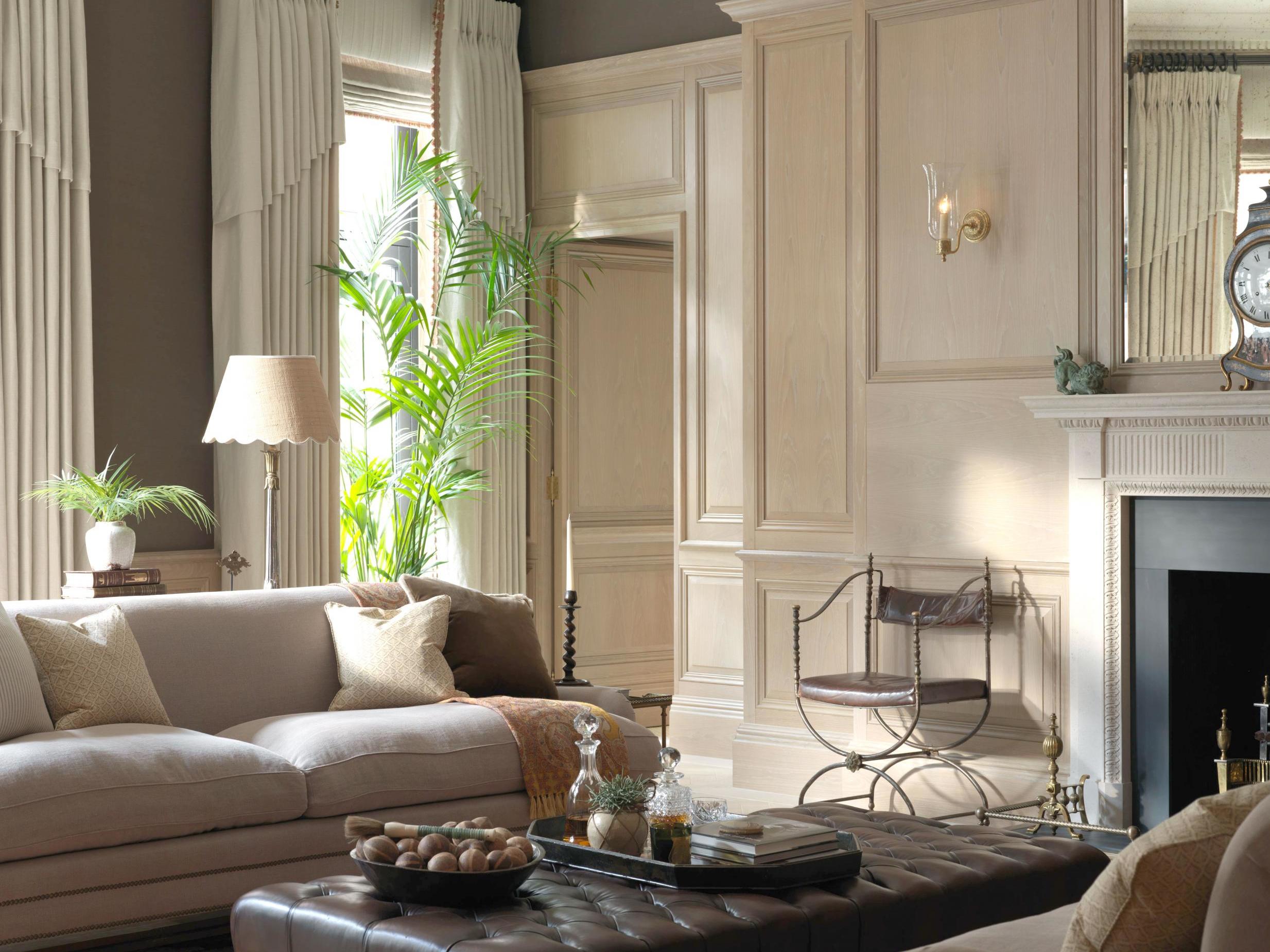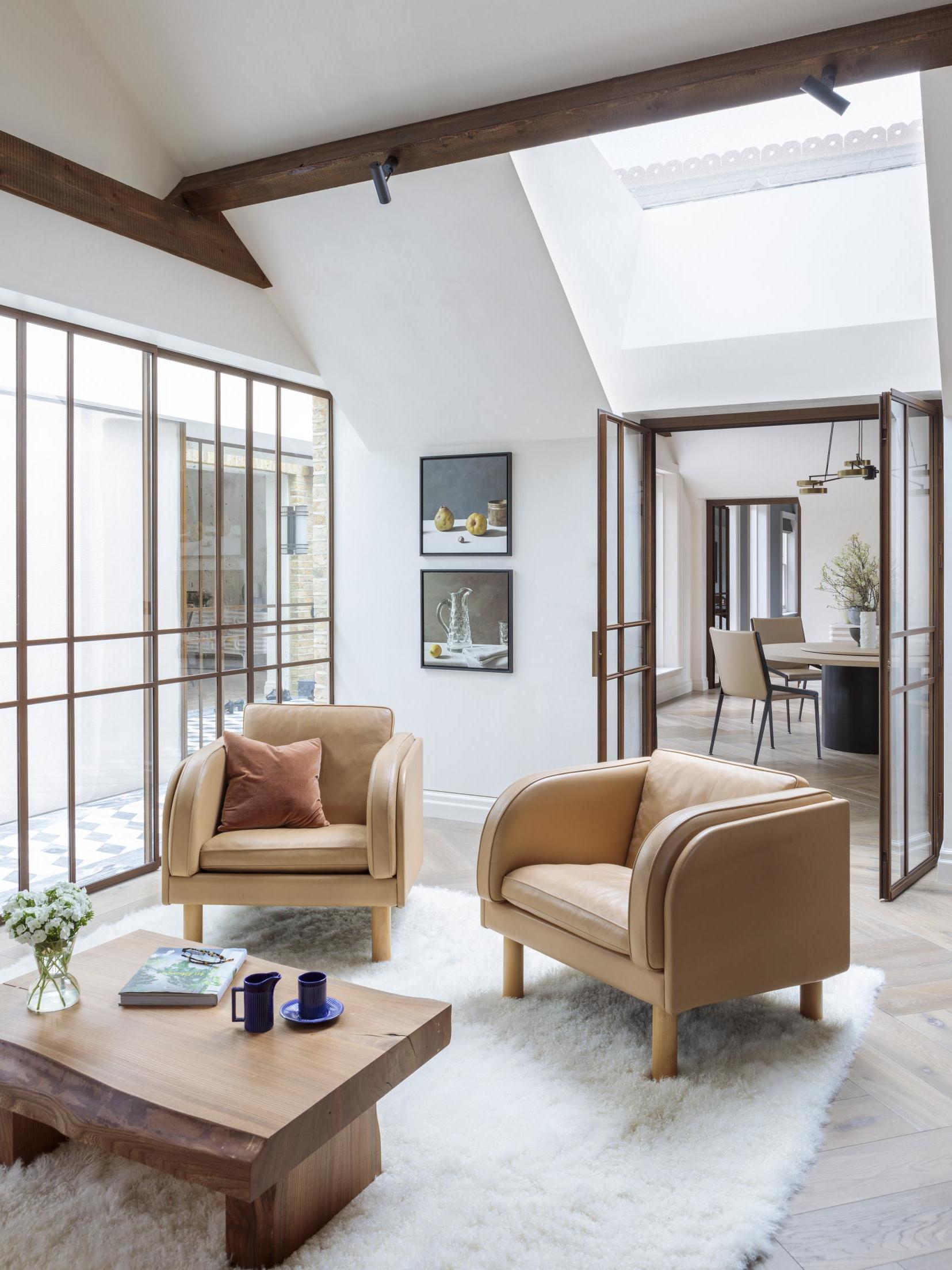Catching the sun: How to maximise your home’s natural light
It’s the most sought after piece of real estate, and people will pay a premium for it: Anya Cooklin-Lofting with some illuminating tips

Your support helps us to tell the story
From reproductive rights to climate change to Big Tech, The Independent is on the ground when the story is developing. Whether it's investigating the financials of Elon Musk's pro-Trump PAC or producing our latest documentary, 'The A Word', which shines a light on the American women fighting for reproductive rights, we know how important it is to parse out the facts from the messaging.
At such a critical moment in US history, we need reporters on the ground. Your donation allows us to keep sending journalists to speak to both sides of the story.
The Independent is trusted by Americans across the entire political spectrum. And unlike many other quality news outlets, we choose not to lock Americans out of our reporting and analysis with paywalls. We believe quality journalism should be available to everyone, paid for by those who can afford it.
Your support makes all the difference.It seems that when asked how they feel about natural light in the home, interior designers grow verklempt with passion for the subject which seeps out into a lyrical poeticism worth scribbling down. The benefits of natural light reach beyond its positive physical and psychological effects and into the aesthetic value we place on the areas of our homes that receive it.
This week, I speak to six interior designers about the privilege of natural light, the lengths their clients have gone to channel it into their homes and how to enhance the amount of it in your home without punching a hole in the ceiling. I hope you’ll be able to abstract from their comments even the slightest hint of the fervour with which they discuss the ephemeral nature, the power and the beauty of natural light.
Charu Ghandi, the founder and director of Elicyon, a London-based design studio, tells me she “loves the shifting luminosity that the rising and setting sun brings to a space,” warning that, “obstructing any source of natural light is a bad idea.” Irene Gunter, the co-founder and creative director of Gunter & Co, an interior design studio, agrees, explaining that “the attraction to natural light is part of human nature”.
Ben Johnson, the director of Albion Nord, a Fitzrovia-based design studio, draws on the architectural adage of Le Corbusier when beginning to describe to me the sheer necessity of natural light in the creation of a beautiful home. He quotes: “The history of architecture is the history of the struggle for light,” adding, “it’s a big subject.”
There is something fundamental about the way Johnson discusses the importance of natural light in the home, suggesting that understanding the sun’s path will allow you to make decisions not only about the attribution of rooms to a layout but about how you position your furniture. He says: “We produce a ‘light study’ on the sun’s path and its effect on a building before starting all new projects.
“Knowing simple rules like that enables us to channel light into the right rooms at the right time. The presence of a ‘light study’ attaches the design process to something quite primal, essential and human. Just as we navigated by the stars, now we live in the path of the sun, absorbing its rays from inside our homes.
“Only by understanding the effects of light and the way it travels through space can we develop design ideas to control and enhance the light we have,” he adds.

This notion of controlling natural light as a human exploit is nothing new, according to Martin Waller, the founder of homewares brand Andrew Martin. Waller says: “You don’t light for the light. You light for the shadows. This is what the ancient Egyptians, the druids of Stonehenge and the Mayans building temples in Central America did centuries ago and is still true to this day. As much as with electrical light, natural light can create drama, illusion and art. Consider the way the rising sun will hit a piece of artwork or decorative furniture. It is fascinating to understand how you can illuminate your home naturally before you add additional floor, ceiling and side lights.”
To begin naturally illuminating your home, Laura Marino – founder of interior design practice, Studio L, and co-founder of Alchemi Group, a development manager – suggests using mirrors to help bounce light around your room, but “not in an obvious way,” she explains. “A little trick with mirrors is to line the inside of your window surround architrave if you have a reveal deep enough. Or even better, if you have shutters, inset them into the recessed rectangle on the shutters.”
Gandhi is also of the school of thought that reflective materials are the best option when you are looking to increase the amount of perceived natural light in the home. She suggests using “a cleverly placed mirror to reflect the light back into the room, and high gloss paint finishes, especially on ceilings. Because texture and reflectivity play a role in how we experience light in a room, mixing sheens and textures can add depth and brightness into an otherwise dull space.”

However functional reflective materials can be in increasing the amount of natural light in your home, they may not always provide the best way to enhance the perceived light in the space. Johnson believes that reflective materials “don’t always create the quality of light that you want.” As warm, natural light brings a sense of calm and comfort to a space, he prefers to use materials in his design schemes that “diffuse and softly spread light to enhance this feeling. Warm timbers and soft, light linens work best in rooms where natural light may be limited but where you wish to increase its presence.”
Clara Ewart, senior interior designer at Kitesgrove, an interior design and architecture practice in London, agrees that natural materials work best in rooms that could benefit from more perceived natural light, saying: “Not only do natural materials create a lighter, airiness about a space, but natural light really highlights their intricacies; the veins in marble or the grain in pale woods.”

Natural light is one of the most coveted pieces of real estate. Gunter confirms that her clients “do genuinely pay huge premiums for natural light, from initial purchases of properties with lots of natural light to investments in maximising the light coming into their property. It’s a major decision diver for all our clients.” She tells me about a recent project in Mayfair where her design team changed the direction of the wooden flooring to goad light into a previously darker space using geometry to give the illusion of more light. An expensive project indeed, and not dissimilar to Studio L’s brief for the Westminster Fire Station development, a grade II-listed residential development launching this year, whereby architects were instructed to recreate the original decorative brick banding on the facade of the building with an added iridescent sheen to reflect natural light into the apartments.
Another fascinating example of interior design clients’ efforts to harness natural light in difficult places is an upcoming project in Beijing by Albion Nord. Johnson tells me that two-thirds of the property is underground, suggesting “one could describe it as an iceberg, obviously creating a unique challenge in getting the natural light into the very base of the building which is four storeys below ground.” This specific project will see the creation of large 10m squared skylights at the ground floor level with a depth of water above them to gently obscure the rooms below for privacy reasons.
So, if you find yourself lucky enough to have a presence of natural light in your home, maximise it with natural textures, artfully placed mirrors and high-gloss paint finishes. No natural light? Why not consider a 10m squared skylight? I’m sure the upstairs neighbours would be more than understanding.
Join our commenting forum
Join thought-provoking conversations, follow other Independent readers and see their replies
Comments